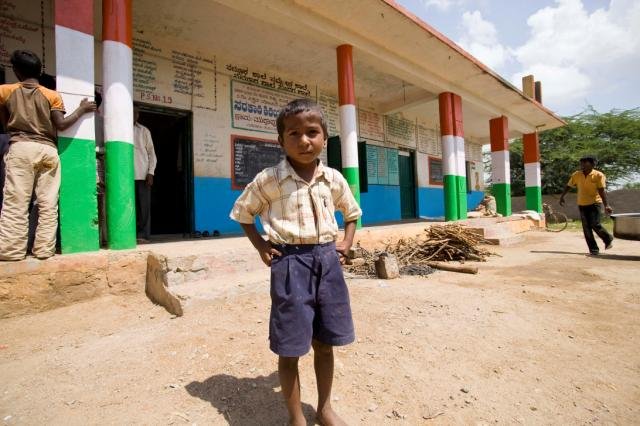By Kate Peng | Project Coordinator
Thousands of people were missing in Bihar in eastern India after Kosi River breached its banks in neighbouring Nepal and flooded hundreds of villages in the State of Bihar on 18th August 2008. Over three million people have been displaced from their homes. Independent estimates by Citizen’s Initiative for Bihar Floods, a civil society initiative active in the area, claim that 2000 people have died. Government put the death toll as 117. However, these figures don’t take those who have gone missing into consideration.
Monsoon floods are an annual event in eastern India, and are part of life for many people in the region. But on this occasion, the Kosi River, which arises in Nepal, broke through an embankment and changed course. Flood waters entered Bihar and in the next two weeks, approx. 16 villages were hit by this floods. People were unprepared for flooding.
ActionAid response: Shelter and food aid: ActionAid has reached with over 15,000 tarpaulin sheets, 1000 packets of food and 2000 ORS packets which have been distributed in the few days after the floods. The needs were very basic but critical. For instance, even cooking rice can be an ordeal in these conditions. So we were relied on locally used flattened rice and jaggery as it can be consumed quickly and is safe in these conditions.
We also reached out to survivors in Pratapur, Basantpur and Triveniganj Blocks of Supaul District. Our immediate focus were on providing food and medical aid to women and young mothers and setting up shelters for the stranded. ActionAid partners and volunteers already managed six camps/shelters in Sapaul District that has been worsthit by floods. While three of the camps are in the Triveniganj Block, the other three are in Raghavpur Block. All the six camps/shelters have accommodated 4900 flood survivors. The three camps being run in Triveniganj are i) Lalpatti,Satsang Bhavan, ii) Baghla Bridge, and iii) Narhara. These camps are located in Triveniganj Block.
ActionAid installed tubewells near the camps. Emergency teams has provided survivors with halogen tablets and jerry cans to store water. Health camps has been organized and medicines has been provided.
ActionAid released 3 million INR as initial relief response. But our focus is long term: •Minimising trauma by supporting the emotional recovery of survivors. •Reducing vulnerability of poor communities by working together to identify the risks they face and build their resilience to future disasters. •Reducing risk of future disasters occurring by reducing hazards and supporting communities to adapt to the effects of climate change
As Babu Mathew said, Country Director ActionAid India “A long-term comprehensive response is necessary to deal with relief, recovery and disaster preparedness.”
Project reports on GlobalGiving are posted directly to globalgiving.org by Project Leaders as they are completed, generally every 3-4 months. To protect the integrity of these documents, GlobalGiving does not alter them; therefore you may find some language or formatting issues.
If you donate to this project or have donated to this project, you can receive an email when this project posts a report. You can also subscribe for reports without donating.
